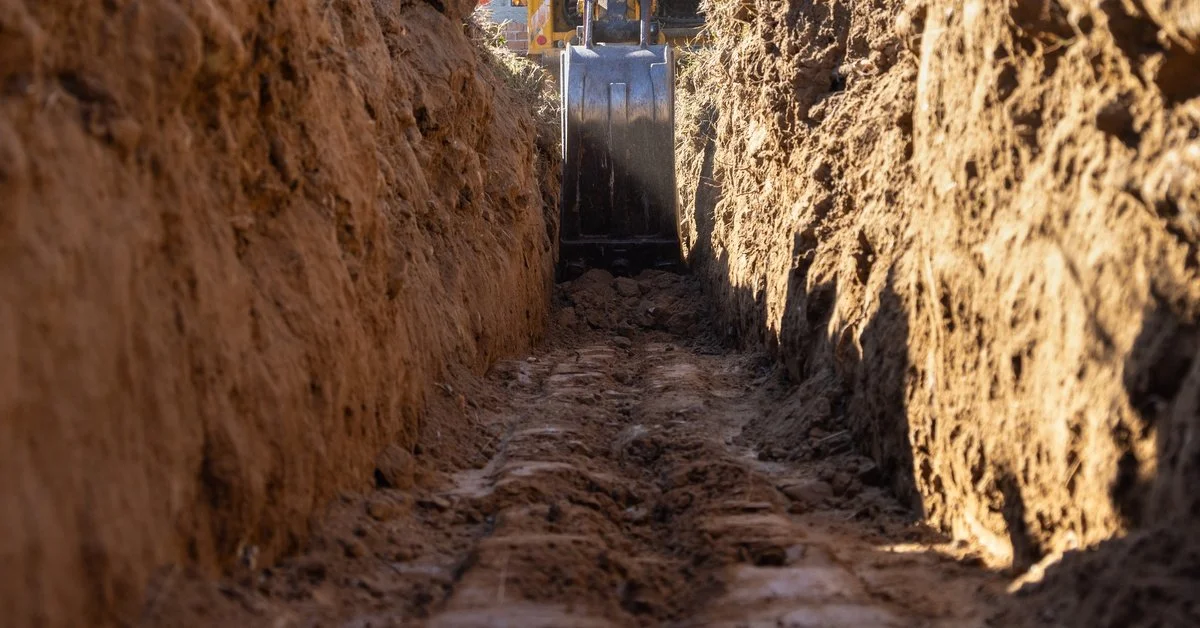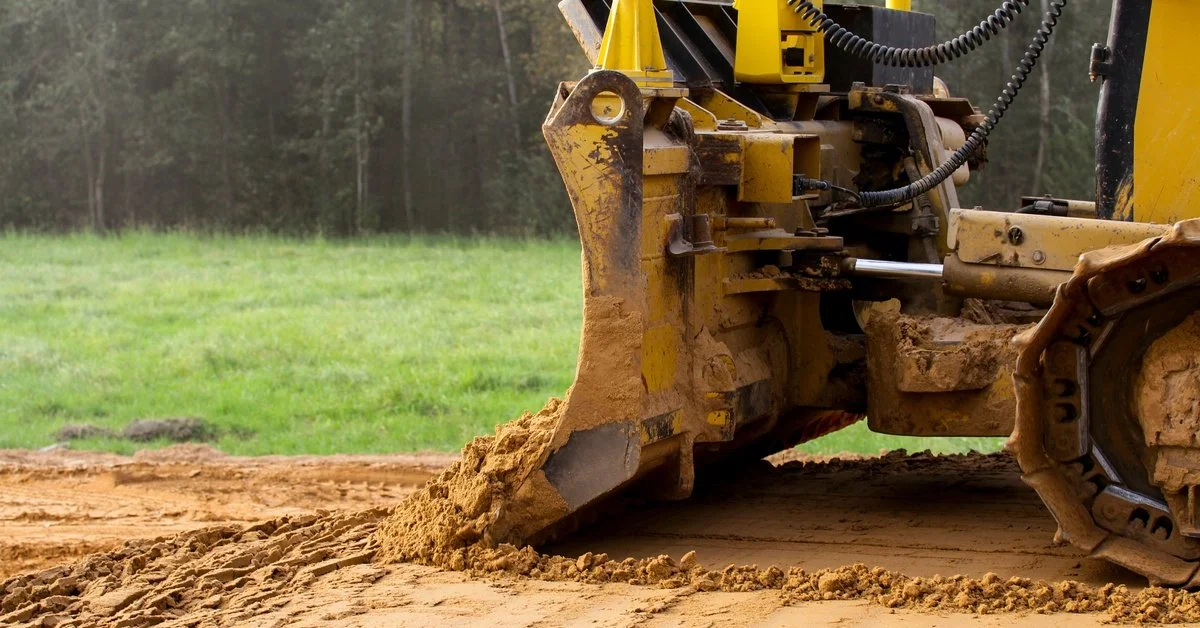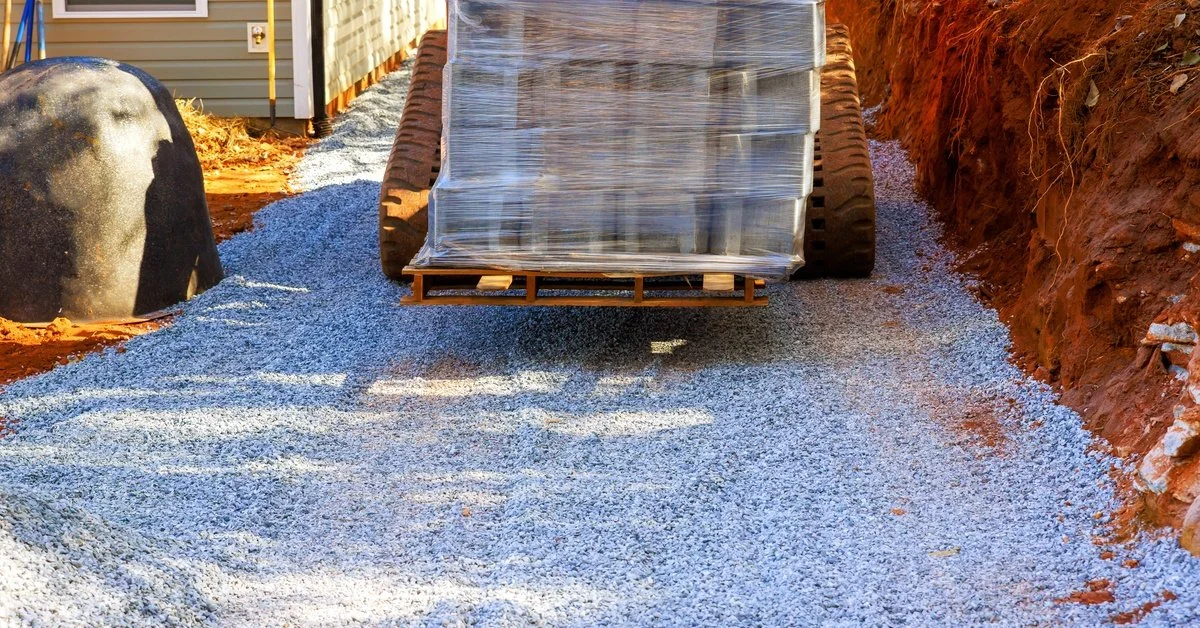What To Know About Site Prep Before Building a Home
Building a new home is a significant undertaking, and the success of the entire project rests on a properly prepared foundation. Before any framing goes up or concrete is poured, the land itself must be meticulously readied. This process, known as site preparation, involves a series of critical steps that ensure the stability, safety, and longevity of your future home. A failure to properly prepare a site can lead to costly structural problems, drainage issues, and other complications down the line.
There are a variety of things that prospective homeowners need to know about site prep before building a home. The scope of tasks that must be completed before the project begins encompasses everything from clearing the land and grading the soil to installing necessary utilities. Each stage requires precision and expertise to create a build-ready plot. This overview details the crucial steps involved in getting your land ready for construction, providing key insights into one of the most important phases of building a new home.
The Importance of a Professional Land Survey
Before any physical work begins, you must obtain a professional land survey. A licensed surveyor will mark your property’s boundaries, identify the locations for the future foundation, and note any existing easements or public right-of-ways. This survey provides the official blueprint for all subsequent site preparation activities and prevents potential legal disputes with neighbors. It also helps the construction team visualize the home’s exact placement and orientation on the lot.
Clear the Land of All Obstructions
With the survey complete, the next step is clearing the land. This involves removing all obstructions from the build site, including trees, boulders, large rocks, and vegetation. Depending on the density of the foliage and the size of the objects, this may require heavy machinery such as bulldozers and excavators. The goal is to create a clean slate, ensuring there are no organic materials left behind that could decompose and compromise the stability of your foundation.
Demolish and Remove Existing Structures
If your property has any old structures, such as a shed, a previous home, or an old foundation, they must be demolished and completely removed. This process requires careful planning to keep the process safe and in accordance with local regulations. Debris from the demolition must be properly disposed of, leaving the site clear for the new construction. All remnants of old foundations and underground components must be extracted to prevent future settling issues.
Conduct a Thorough Soil Test
A soil test, or geotechnical report, is one of the most important aspects of site prep before building a home. This analysis reveals the composition, stability, and drainage capacity of your soil. The results determine if the soil can support the weight of your home or if it requires amendment. For example, expansive clay soils may need to be mixed with other materials to prevent shifting, while sandy soils might require extra compaction.
Grade the Site for Proper Drainage
Proper grading is essential for managing water flow around your future home. The land must be shaped to create a gentle slope that directs rainwater and melting snow away from the foundation. This prevents water from pooling near the structure, which can lead to basement flooding, soil erosion, and costly water damage. Excavators and bulldozers are used to move earth, creating the precise contours needed for effective drainage across the entire property.
Level the Building Pad for the Foundation
Once the site is graded, the specific area where the house will sit, known as the building pad, must be perfectly leveled and compacted. This step creates a solid, stable surface for the foundation. The soil is compacted in layers using heavy rollers to increase its density and load-bearing capacity. An improperly compacted building pad can lead to uneven settling of the foundation, causing cracks in walls and other structural failures over time.
Bring in Fill Dirt if Necessary
In some cases, the existing soil may not be suitable for creating a stable building pad, or the site may need to be raised to achieve the desired elevation for proper drainage. In these situations, fill dirt is brought in. This material is specifically chosen for its compaction qualities and is used to build up the site to the required level before the final leveling and compaction process.
Excavate for the Foundation and Footings
With the building pad prepared, the next phase is to excavate the area for your home’s foundation. This involves digging trenches for the footings and, if applicable, excavating the space for a basement or crawl space. The depth and dimensions of the excavation must be precise, following the specifications outlined in the architectural plans. This is a crucial step that directly impacts the structural integrity of your home.
Install Temporary Utilities and Site Access
Before major construction begins, your team will need access to temporary utilities such as electricity and water. A temporary power pole is often installed, and a water source is established for construction purposes. Additionally, a temporary access road may be constructed using gravel to allow heavy machinery and delivery trucks to reach the site without getting stuck in mud or damaging the property.
Set up and Run Utility Lines
One of the final stages of site prep involves installing permanent utility lines. Trenches are dug to lay the conduits and pipes for gas lines, electrical wiring, telecommunication cables, and water and sewer lines. These trenches must be dug to specific depths and locations to comply with local building codes and ensure they do not interfere with the foundation.
Your Home’s Future Starts Here
Proper site preparation is the foundation of a successful home build. Each step, from the initial survey to the final utility installation, is critical for ensuring your home is safe, stable, and built to last. By understanding these essential stages, you can ensure your project starts on solid ground.
If your build requires expert excavation for foundations or utilities, partner with a team that has the right equipment and experience. Contact Corona Construction today to learn more about our professional trenching services and get your project started correctly.



